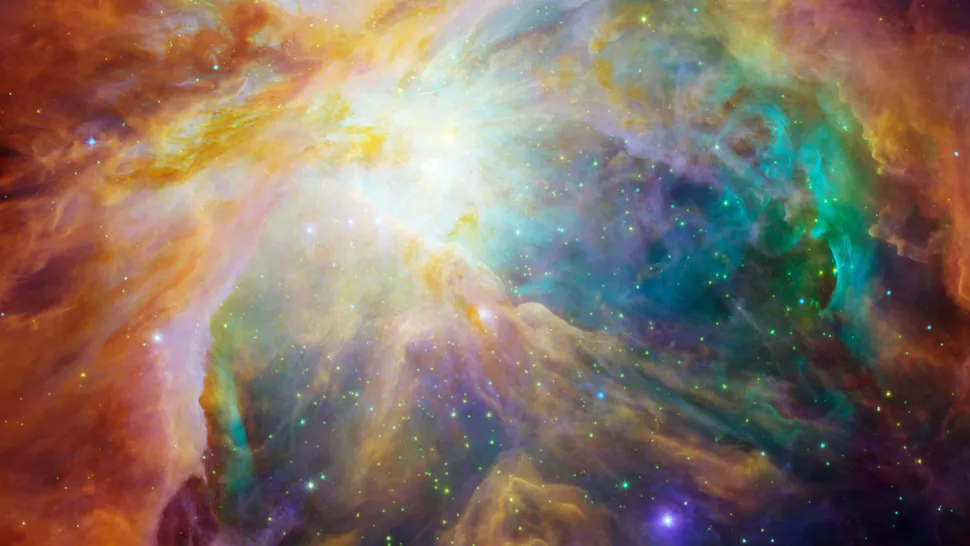The James Webb Space Telescope spotted hundreds of physics-defying objects flying in pairs. These items’ functions are unknown to scientists.
Jupiter-mass binary objects, or “JuMBOs,” rotate freely in the Orion Nebula. Each item orbits its partner 390 times the Earth-Sun distance.
Read More: Startup GuardianSat receives funding for satellite self-defense research.
Even though JuMBOs are too small to be stars, they are only seen in pairs; therefore, they are unlikely to be renegade planets exiled from solar systems. Still, they united. The researchers published the findings on arXiv without peer review on October 2.
“How pairs of young planets can be ejected simultaneously and remain bound, albeit weakly at relatively wide separations, remains quite unclear,” they said. They suggest “perhaps a novel, distinct formation process” for surprise combinations.
The outlaw couples are traveling through the Orion Nebula, a star-forming zone 1,344 light-years from Earth with glowing gas plumes. Previous ground-based telescope studies discovered more gas cloud mysteries. Follow-up James Webb Space Telescope exams found them.
Specialists say the odd objects are gas giants with 1,300 degrees Fahrenheit (700 degrees Celsius) and a million-year age. CO, methane, and steam cover them.
Pairs of objects perplexed experts the most.
Over tens of millions of years, stars collapse into cooling gas and dust clouds, become softly glowing protostars, and later form enormous plasma spheres powered by fusion like our sun.
Read More: A US astronaut, Frank Rubio, returns to Earth after 371 days.
A star devours a gas cloud, leaving a disk of dispersed material that may become planets. Sometimes a disk of material seeded to build a second star near the first divides too quickly, generating a binary system.
The projected lower limit for star-like cloud collapse is three Jupiter masses; therefore, anything less should be born with a star. The masses of these couples are close to Jupiter’s, making their existence hard to explain. It is unclear how their binary bond survived their solar system exodus. Although it’s unclear how they fell, they may be a new type of fading star.
“The ensemble of planetary mass objects and JuMBOs that we see in the Trapezium Cluster might arise from a mix of both of these ‘classical’ scenarios, even if both have significant caveats,” they stated. “Or perhaps a new, quite separate formation mechanism, such as a fragmentation of a star-less disk, is required.”
Share this content:

